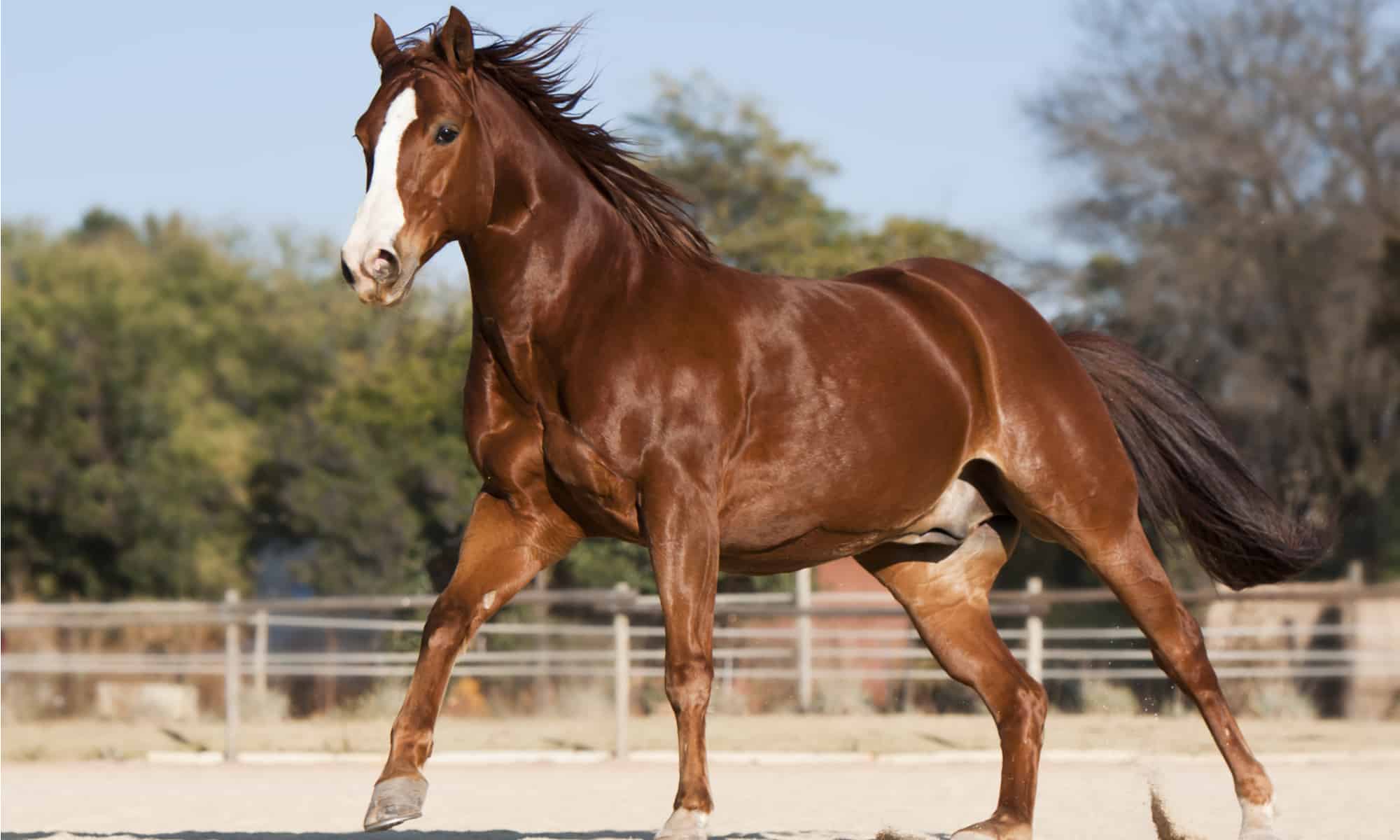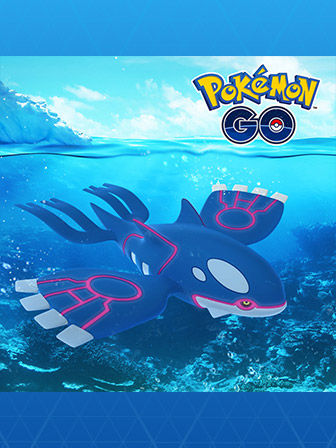Owning a horse comes with its share of responsibilities, not the least of which is ensuring their health and well-being. Accidents can happen at any moment, whether during a ride, while in the pasture, or even during grooming. Having a well-stocked equine first aid kit is essential for any horse owner. This article will outline the top 10 must-have supplies for effective equine first aid, providing insights into their uses and importance.
1. Bandages and Wraps
.jpg)
Bandages are one of the most essential items in any first aid kit. They are crucial for protecting wounds and supporting injured limbs.
- Elastic Bandages: These are versatile and can be used for wrapping injuries on the horse’s legs.
- Gauze Pads: Ideal for covering wounds before applying a wrap, they help absorb any fluids.
- Vet Wrap: This self-adhesive wrap is excellent for securing bandages and is available in various colors.
According to a study by the American Association of Equine Practitioners, improper bandaging can lead to further injury or infection, making it critical to master this skill.
2. Antiseptics and Wound Care Products
Cleaning wounds is vital to prevent infections. This is where antiseptics and wound care products come into play.
- Hydrogen Peroxide: Effective for cleaning minor wounds.
- Betadine Solution: A great alternative for disinfecting before applying bandages.
- Wound Ointments: Products like Triple Antibiotic Ointment help in preventing infection and promoting healing.
Statistics show that horses are susceptible to various infections, making antiseptic treatments a critical part of their care regimen.
3. Thermometer

Monitoring your horse’s temperature is an essential part of assessing their health. A digital thermometer is quick and easy to use.
- Normal Temperature Range: The average temperature for a horse is between 99°F and 101.5°F.
- Signs of Fever: A temperature above 101.5°F indicates a potential health issue and warrants veterinary attention.
Being equipped to take your horse’s temperature can help you quickly identify health problems, potentially saving a life.
4. Scissors and Tweezers

Having the right tools on hand can make a significant difference in emergency situations.
- Scissors: Use blunt-end scissors to cut away bandages or clothing without risking further injury.
- Tweezers: Essential for removing splinters, ticks, or foreign objects from the horse’s skin.
In a case study published in the Journal of Equine Veterinary Science, timely removal of foreign objects significantly reduced the need for surgeries in injured horses.
5. Cold Packs and Heat Packs

Managing inflammation and pain is crucial in treating injuries. Cold and heat packs can assist in these areas.
- Cold Packs: Ideal for reducing swelling in acute injuries.
- Heat Packs: Useful for chronic conditions and muscular pain to increase blood flow and promote healing.
Research indicates that the correct application of cold or heat can accelerate recovery times, making these supplies indispensable.
6. Electrolytes and Nutrition Supplements
After an injury or during recovery, maintaining a horse’s nutritional balance is vital.
- Electrolyte Solutions: Essential for hydration, especially after exertion or during hot weather.
- Vitamins and Minerals: Supplements that support overall health and recovery.
According to equine nutritionists, providing the right supplements can significantly enhance recovery times and overall well-being.
7. Safety and Restraint Equipment
Handling an injured horse can be dangerous. Having the right safety equipment is essential for both the horse and the handler.
- Cross-Ties: Useful for safely restraining a horse during examination or treatment.
- Halters and Leads: Ensure you have sturdy, reliable halters and leads available.
Statistics show that many accidents occur during handling, making safety equipment crucial in minimizing risks.
8. First Aid Manual
Knowledge is power. A well-stocked first aid kit is only as effective as the person using it.
- First Aid Guides: Invest in a comprehensive first aid manual specifically for horses.
- Online Resources: Familiarize yourself with reputable online resources or courses on equine first aid.
In a study conducted by the Equine Medical Association, horse owners educated in first aid reported higher confidence levels when dealing with emergencies.
9. Hoof Care Supplies

Hoof injuries can be particularly troublesome and require special care.
- Hoof Pick: Essential for cleaning and inspecting hooves for injuries or debris.
- Hoof Dressing: Protects hooves from infection and promotes healing.
According to the American Farriers Association, many injuries stem from neglecting hoof care, underscoring the importance of these supplies.
10. Resuscitation Equipment

In extreme cases of emergencies, having equipment for resuscitation can save a horse’s life.
- Ambu-Bag: A portable resuscitation bag to assist in breathing.
- Oxygen Tank: Essential for cases of severe respiratory distress.
Though rare, a study in the Equine Veterinary Journal noted that immediate resuscitation can significantly improve survival rates in severely distressed horses.
In summary, having a well-equipped equine first aid kit is not just a precaution; it’s a necessity for any horse owner. The top 10 must-have supplies—bandages, antiseptics, a thermometer, scissors and tweezers, cold and heat packs, electrolytes, safety equipment, a first aid manual, hoof care supplies, and resuscitation equipment—are essential tools that can make a significant difference in emergency situations. Knowledge and preparedness can lead to better outcomes for your horse, allowing you to act swiftly and effectively when needed.
As the old saying goes, “An ounce of prevention is worth a pound of cure.” Equip yourself with the right supplies and knowledge, and you’ll be prepared to handle any situation that comes your way.




